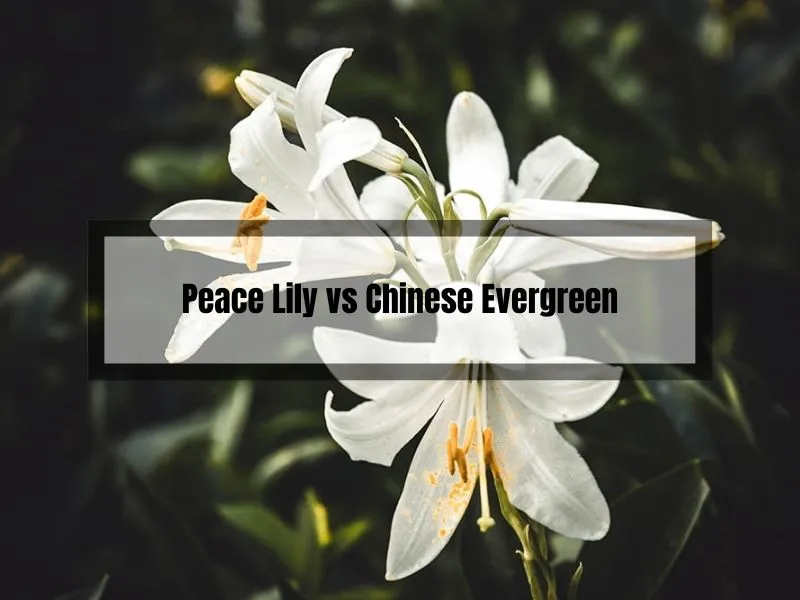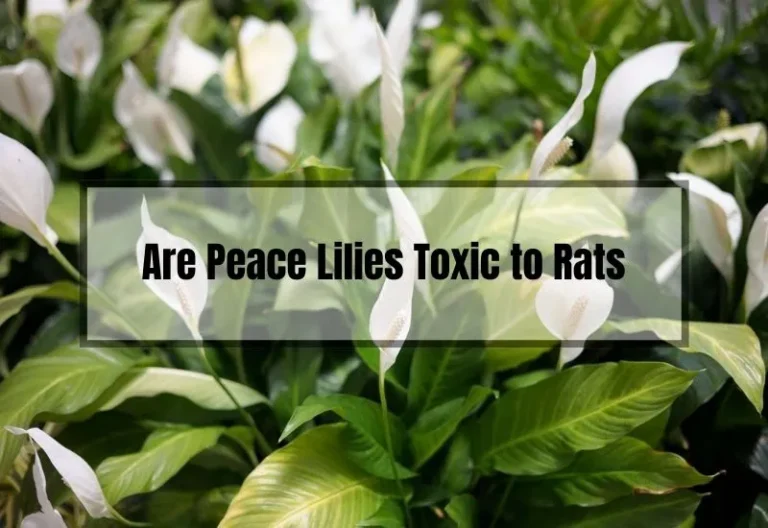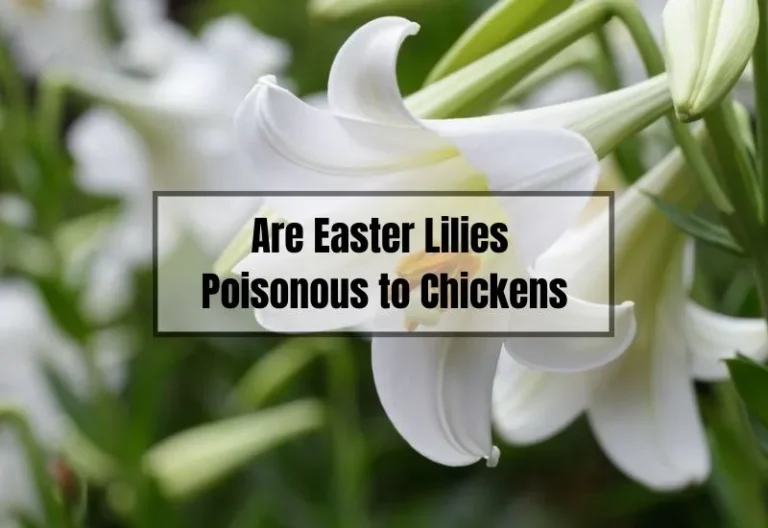Peace Lily vs Chinese Evergreen: Unraveling the Green Mystery
If you’re looking for an easy-to-care-for houseplant that can add a touch of greenery and serenity to your home or office, you might be considering a peace lily or a Chinese evergreen. Both of these plants are known for their attractive foliage and ability to thrive in low-light conditions, making them popular choices for indoor gardening enthusiasts.
While these plants share some similarities, such as their tolerance for low light and their ability to purify the air, there are also some key differences that may influence your decision. In this article, I’ll provide a detailed comparison of peace lilies and Chinese evergreens, exploring their unique characteristics, care requirements, and aesthetic appeal.

Peace Lily vs Chinese Evergreen
When it comes to indoor plants, there are few that can match the beauty and benefits of peace lilies and Chinese evergreens. Both are popular choices for their easy care and ability to thrive in low-light conditions, making them perfect for those who want to add some greenery to their home or office without a lot of effort.
However, there are some differences between the two that are worth noting. Here’s a breakdown of how peace lilies and Chinese evergreens compare:
Appearance
Peace lilies are known for their large, glossy leaves and striking white flowers. Chinese evergreens, on the other hand, have smaller leaves that come in a variety of shades of green, silver, and even pink.
While both plants are beautiful, peace lilies tend to be more showy and make a bigger statement.
Care
Both peace lilies and Chinese evergreens are relatively low-maintenance plants. They prefer low to medium light and can go several days without watering. However, peace lilies are more sensitive to overwatering and can develop root rot if their soil is too moist.
Chinese evergreens are more forgiving in this regard and can tolerate a wider range of soil moisture levels.
Air Purification
One of the biggest benefits of both peace lilies and Chinese evergreens is their ability to purify the air. Peace lilies are particularly good at removing toxins like formaldehyde and benzene from the air, while Chinese evergreens are effective at removing pollutants like xylene and toluene.
Pet Safety
While both peace lilies and Chinese evergreens are generally safe for pets, peace lilies can be toxic if ingested. Chinese evergreens are non-toxic to pets, making them a better choice for households with cats or dogs.
Overall, both peace lilies and Chinese evergreens are excellent choices for indoor plants. It ultimately comes down to personal preference and the specific needs of your space. Whether you choose a peace lily or a Chinese evergreen, you can enjoy the beauty and benefits of having a living plant in your home or office.
Which Plant is Easier to Care for?
Both the Peace Lily and the Chinese Evergreen are relatively easy to care for, but there are some differences to keep in mind. The Peace Lily requires more frequent watering and prefers moist soil, while the Chinese Evergreen can go longer periods without watering and prefers drier soil.
Additionally, the Peace Lily is more sensitive to direct sunlight and may require more frequent pruning to maintain its shape.
Which Plant is More Suitable for Low Light Conditions?
If you’re looking for a plant that can thrive in low light conditions, both the Peace Lily and the Chinese Evergreen are great options. However, the Chinese Evergreen is known to be more tolerant of low light and can even survive in areas with no natural light.
The Peace Lily, on the other hand, will still require some indirect sunlight to thrive.
Which Plant is More Suitable for High Humidity?
Both the Peace Lily and the Chinese Evergreen can tolerate high humidity, but the Peace Lily is better suited for this type of environment. In fact, it’s often used in bathrooms and other humid areas because it can help purify the air and absorb excess moisture. The Chinese Evergreen, while still able to tolerate high humidity, may be more prone to developing fungal issues if the humidity is too high.
Ultimately, the decision between a Peace Lily and a Chinese Evergreen will depend on your specific needs and preferences. Both plants are great options for adding some greenery to your space, and with a little care, they can thrive for years to come.
Light Requirements
Both the peace lily and Chinese evergreen thrive in low to medium light conditions, making them perfect for indoor spaces with limited natural light.
However, the peace lily requires a bit more attention when it comes to light. While it can tolerate low light, it won’t bloom without enough bright, indirect sunlight. On the other hand, the Chinese evergreen can tolerate even lower light conditions and doesn’t require as much sunlight to thrive.
Watering Needs
One of the biggest differences between these two plants is their watering needs. The peace lily likes to be kept consistently moist, but not soaking wet. It’s important to water it regularly, but also to make sure it has proper drainage to avoid overwatering.
The Chinese evergreen, on the other hand, is more forgiving when it comes to watering. It can tolerate dry soil for longer periods of time and doesn’t require as much attention.
Air Purifying Abilities
Both the peace lily and Chinese evergreen are known for their air purifying abilities. They can help remove toxins from the air, making them great choices for indoor spaces.
However, the peace lily is particularly effective at removing formaldehyde, benzene, and trichloroethylene from the air. It’s also been shown to help reduce mold spores, making it a great choice for those with allergies or respiratory issues.
Maintenance
When it comes to maintenance, both plants are relatively easy to care for. However, the peace lily does require a bit more attention. In addition to regular watering and proper lighting, it also needs to be fertilized every few months to keep it healthy and blooming.
The Chinese evergreen, on the other hand, is a bit more low-maintenance and can go longer periods of time without fertilization.
Pet Safety
If you have pets in your home, it’s important to consider their safety when choosing indoor plants. Both the peace lily and Chinese evergreen are toxic to pets if ingested.
However, the peace lily is particularly dangerous and can cause severe symptoms such as vomiting, drooling, and difficulty swallowing. If you have pets, it’s best to keep these plants out of reach or opt for pet-friendly alternatives.
Overall, both the peace lily and Chinese evergreen are great choices for indoor plants. However, it’s important to consider your specific needs and preferences when making a decision.
Whether you’re looking for a low-maintenance plant or one with air purifying abilities, there’s sure to be an option that fits your lifestyle. Personally, I love the peace lily for its beautiful white blooms and air purifying abilities, but I also appreciate the low-maintenance nature of the Chinese evergreen.
FAQs
As I’ve mentioned before, both the peace lily and Chinese evergreen are excellent choices for indoor plants. However, you may still have some questions about these two plants. Here are some frequently asked questions:
Can I keep peace lilies and Chinese evergreens in the same room?
Yes, you can keep both plants in the same room. They have similar care requirements and can thrive in the same conditions. However, if you notice any problems with either plant, such as yellowing leaves or wilting, it’s best to separate them to prevent the spread of any potential diseases.
Do peace lilies and Chinese evergreens need a lot of sunlight?
No, neither plant needs direct sunlight. In fact, they both prefer bright, indirect light. Direct sunlight can scorch their leaves and cause damage. If you don’t have a lot of natural light in your home, you can also use artificial grow lights to provide the necessary light for your plants.
How often should I water my peace lily and Chinese evergreen?
Both plants prefer to be kept evenly moist, but not waterlogged. You should water them when the top inch of soil feels dry to the touch. It’s important not to let them dry out completely or sit in standing water, as this can cause root rot. Depending on the humidity in your home, you may need to water them once a week or every other week.
Can I propagate my peace lily and Chinese evergreen?
Yes, both plants can be propagated through division. When your plant becomes too large for its pot, you can carefully remove it from the pot and separate the root ball into smaller pieces. Each piece should have at least one stem and a healthy root system. You can then plant each piece in its own pot with fresh potting soil.
Are peace lilies and Chinese evergreens safe for pets?
No, both plants are toxic to pets if ingested. You should keep them out of reach of pets and children. If you suspect that your pet has ingested any part of the plant, you should contact your veterinarian immediately.
Conclusion
After comparing the Peace Lily and Chinese Evergreen, it’s clear that both plants have their unique qualities and benefits. The decision between the two ultimately depends on personal preference and the environment in which they will be placed.
If you’re looking for a low-maintenance plant that can tolerate low light and dry conditions, the Chinese Evergreen is an excellent choice. Its air-purifying qualities make it a great addition to any room, and its variety of colors and patterns can add a pop of color to your space.
On the other hand, if you’re looking for a plant that requires a bit more attention and care, but has a stunning appearance and can thrive in medium to low light, the Peace Lily is a great option. Its ability to purify the air and its beautiful white flowers make it a popular choice for many plant enthusiasts.
Ultimately, the decision between the two plants comes down to personal preference and the environment in which they will be placed. Both plants have their unique benefits and can add beauty and purify the air in your home or office.






